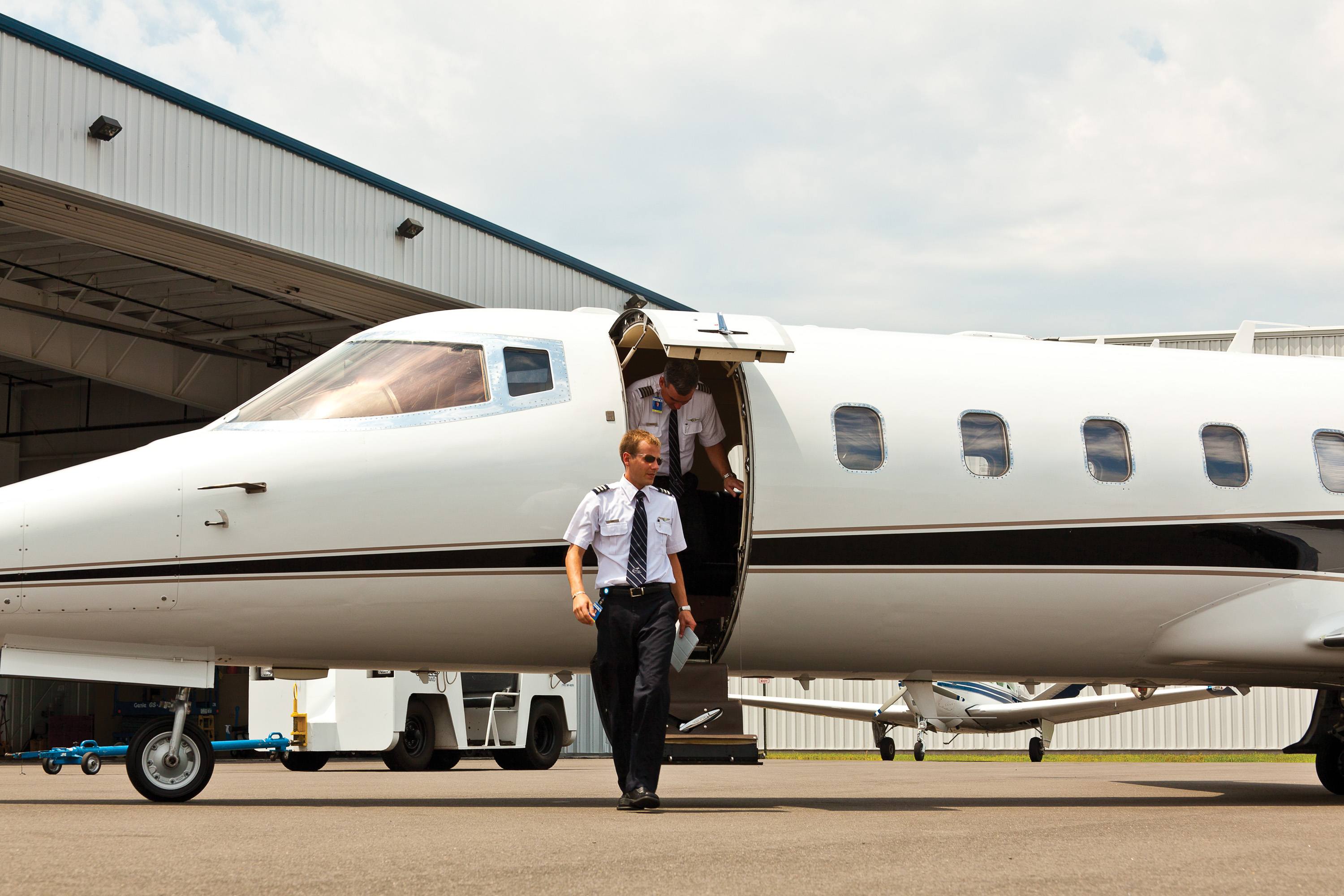
Aug. 25, 2015
Today’s business aviation crewmembers face constantly changing and often highly sophisticated potential personal security threats – and not just while traveling internationally to challenging destinations.

“A crewmember might think, this is a one-day, domestic trip so it will be easy, but that is not necessarily the case,” said Richard Gomez, vice president of aviation education projects worldwide for MedAire, a travel risk-management solutions company. “It’s important to remember that when you are away from home – and that could be anywhere – things do happen.”
“The key to handling an unexpected situation is proper training and appropriate response,” said Gomez, whose company, as part of its solutions for general aviation, offers an e-learning course in travel risk awareness. The training uses a three-phased approach – prepare, travel and respond – and covers a variety of possible security and safety challenges that a crewmember might encounter.
Although natural disasters can create havoc for travelers, manmade disasters – such as civil unrest, terror attacks or violent protests – are the most dangerous, according to international security expert Walid Phares.
In these scenarios, it is crucial for crewmembers to “regroup as fast as possible, anywhere possible,” said Phares. “Having contacts who can inform and guide, if not escort, the crew is essential. Having access to the embassy or consulate is a priority, but in the absence of such access, constructing an informed and educated plan to exit the city and country is a must. Reaching international borders or the coasts in some cases is important, but hiding and waiting for the situation to settle could prove wise at [other] times.”
The most serious risks that crewmembers might face while on a trip are the ones that involve physical harm.
Phares emphasized the basic tenet of international travel – being informed about country conditions – not just for the destination, but for countries of transit as well. “If you are traveling to a country that is considered safe, but will be stopping in a country that is undergoing tensions, or overflying a country that is in conflict, you need to know this and have at least minimum mental preparation for any eventual situation,” said Phares.
The most serious risks that crewmembers might face while on a trip are the ones that involve physical harm from terror attacks and violent crime, said Phares. Others could include kidnapping and harassment, getting robbed or being scammed. One possible scenario is “for assailants to target the crew based on nationality, ethnicity or religion.”
“Other scenarios can also develop on the ground, where members of the crew are targeted by groups or individuals who originally weren’t planning on [taking] an action against the crew, but as they identified these members, they decided to act,” added Phares.
Studying the possibilities in each country is essential to personal security, said Phares. “Look at the whole trip, and do not underestimate a single piece of the puzzle. Bottom line: the whole trip – not just the destination – has to be the focus of attention.”
View NBAA security best practices.
Six Tips for Staying Safe During a Trip
Richard Gomez of MedAire encourages crewmembers to ask on every trip: Is it safe to overnight in this location? Is it safe to leave the airport? Is it safe to leave the aircraft? MedAire’s e-learning course notes many other ways to enhance personal security while traveling, including:
- Research the security risks of the destination country and have the contact information for the local U.S. embassy or consulate on you at all times.
- Take photos and/or make copies of documents and valuables, such as your passport, credit cards, jewelry, etc. Keep originals on your person and backup copies and cards separate.
- Have a “throw down” wallet with a small amount of cash and expired credit cards in it (to make it look like a real wallet) to throw down when fleeing from a robber.
- Use a layered approach to locations that are secure. The most secure area in a potentially insecure country is the aircraft itself. The next most secure areas are the ramp, tarmac and hangars, as they have access restrictions. Don’t wait in the lounge area of an FBO or go to the commercial side of an airport. These areas are open to the public and are not secure.
- Request a hotel room close to stairwells and elevators, facing the interior of the hotel (this reduces the risk of attacks from the street below). By staying in a room on the 4th to 6th floors, potential threats probably can’t climb into your windows, but fire and rescue equipment can still reach you. Always use a door wedge lock/alarm to secure your hotel room.
- Keep a low profile at all times. When in a public area or not on duty, don’t wear a uniform or any clothes that could indicate you are a crewmember.


 International Business Aviation Council Ltd.
International Business Aviation Council Ltd.